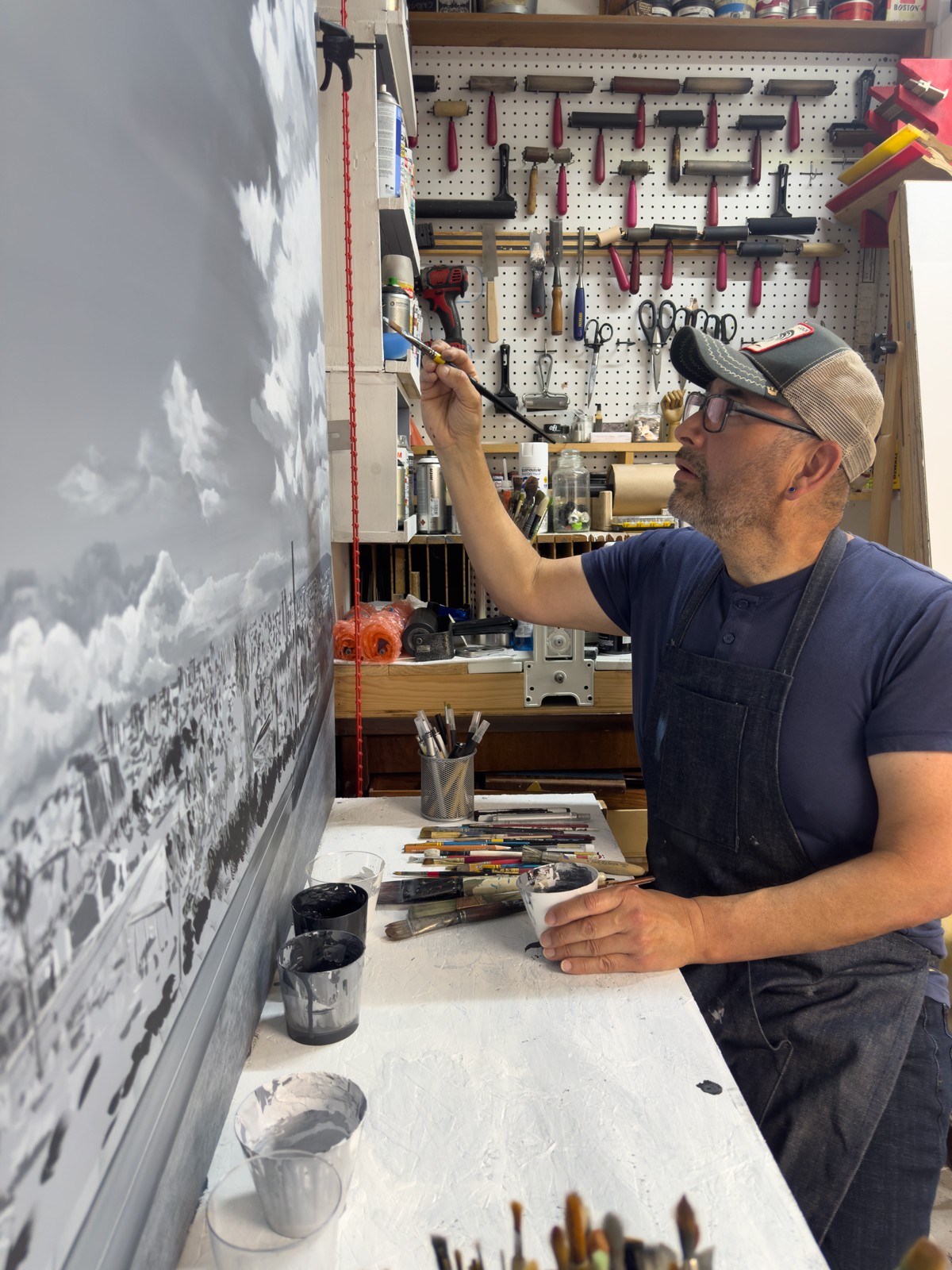

Today we’d like to introduce you to Abel Alejandre.
Abel, we appreciate you taking the time to share your story with us today. Where does your story begin?
While my artistic journey began at Hawaiian Avenue Elementary in Wilmington, California—where I first picked up a brush and dipped it into a cup of tempera paint—my roots reach further back to Tierra Caliente, Michoacán. In 1975, my family and I emigrated to Los Angeles. The transition from a remote, rural upbringing to the complexity of urban life marked the beginning of a lifelong interest in dualities and contradictions. Although my work is not autobiographical, it remains informed by the broader Mexican-American experience.
One of my earliest and most formative experiences as a young artist came in 1984, when I had the opportunity to work as a muralist for the Los Angeles Olympics under a Long Beach summer youth employment program. I was paid minimum wage to help paint murals in downtown Long Beach, and I still remember the thrill of seeing the Olympic torch pass by one of my very own murals!
While still in high school, I began attending Saturday studio classes at Art Center College of Design. It was there that I first embraced the disciplined work ethic that continues to shape my practice. I later continued to take studio classes where I further cemented my commitment to the structure and precision found in drawing. My primary mediums are paint, graphite and printmaking, all of which I approach with a deep respect for labor, time, and technique. My process involves careful crosshatching, dense mark-making, and a steady commitment to material clarity and craftsmanship.
Over the years, my work has centered on themes of masculinity—how it is constructed, inherited, performed, and often burdened by silence. I explore these ideas through tightly rendered portraits, symbolic imagery, and visual narratives that examine the inner lives of men. Roosters, masks, and mythic figures appear frequently in my work, serving as metaphors for identity, pride, fragility, and social expectation.
My drawings and prints have entered the permanent collections of institutions such as the Los Angeles County Museum of Art and the National Museum of Mexican Art in Chicago. I have also created public artworks, including a major commission for the LA Metro at the Westwood/Rancho Park station, which features graphite-rendered figures and historical references printed on enamel steel panels.
In recent years, I’ve expanded my visual language through the imagined world of Xicanoland, a speculative alternate history that fuses Mesoamerican legacy with futurism. In this world, Indigenous knowledge, scientific advancement, and cultural resilience form the backbone of a thriving federation of city-states. My 2025 exhibition The Age of Heroes at LAUNCH Gallery introduced a cast of invented figures—presidents, scientists, poets—each paired with a Xoloitzcuintle, the sacred dog that symbolizes protection and spiritual guidance.
Earlier that year, my 40-year retrospective ¡CUARENTA! at MUZEO Museum and Cultural Center offered a comprehensive survey of my work, curated by Mat Gleason. The exhibition included more than 100 pieces and a full-color catalog that documented the evolution of my themes and methods.
I continue to explore masculinity and myth through drawing and printmaking, always grounded in the belief that time-intensive, traditional practices can still speak to contemporary concerns. My work seeks to ask questions about power, vulnerability, and the invisible forces that shape the self.
We all face challenges, but looking back would you describe it as a relatively smooth road?
My journey as an artist has never been easy. Like many from working-class backgrounds, I have faced personal, cultural, and systemic barriers that shaped my path.
Early on, I lacked access to elite art schools or insider networks. When I first started, I did not understand how the art world operated, especially how crucial connections and opportunities were to building a professional practice. But I kept showing up. While still in high school, I took Saturday studio classes at Art Center, and later, I sought out formal training on my own terms. It was not easy, but I relied on discipline, consistency, and hard work. Today, information is at everyone’s fingertips, but when I was starting out, gatekeeping was rampant.
My challenges did not end there. I have always been drawn to slow, labor-intensive mediums like graphite and woodblock printmaking, even as the art world races toward the next trend. I do not chase what is fashionable. Instead, I believe in craft, in patience, and in the enduring value of traditional methods. That commitment has kept my work honest, even when it does not fit neatly into the mainstream.
For a time, I took on commission portraits and found financial success, but it meant fulfilling someone else’s vision rather than my own. The themes I explore, particularly masculinity, come with their own complexities. I am not interested in easy answers. Instead, I examine how masculinity is inherited, performed, and often weighed down by silence. It is a path that can feel isolating, but I have chosen it deliberately. To explore what matters to me, I have had to create my own spaces, like the imagined world of Xicanoland, where I fill in archival gaps and envision futures rooted in collective potential.
Nothing about this journey has been handed to me. The struggle has defined my perspective, and I would not trade it. Still, I want to acknowledge those who supported me at pivotal moments. With age and experience, I have learned to recognize them, and they hold a special place in my heart.
As you know, we’re big fans of you and your work. For our readers who might not be as familiar what can you tell them about what you do?
I am a multidisciplinary artist working in representational painting, drawing, and printmaking. My large-scale, monochromatic works emphasize meticulous detail and technical mastery, celebrating the value of time and labor in artistic practice.
Through slow, deliberate mark-making, I explore themes of masculinity, cultural memory, and identity. Each line carries intentional meaning, while my compositions preserve and elevate forgotten narratives that demand documentation. My work gives weight to the discarded vignettes I feel compelled to chronicle.
Central to my work is an examination of masculinity as inherited performance: a cycle of learned behaviors, silent expectations, and unspoken vulnerabilities. Using symbolic imagery including roosters, masks, and mythic figures, I dissect pride, fragility, and the inner lives of men. Though my work is not autobiographical, it is informed by the Mexican-American experience.
What I value most is having built this career on my own terms. Without a roadmap or insider connections, I navigated the uncertainties of the art world through persistence. Early encouragement came from youth programs, but real momentum grew from stubborn dedication. Today, I see my work in the permanent collections of institutions like LACMA, the Cheech Museum, MOAH and the National Museum of Mexican Art humbles me. Equally meaningful are milestones like my LA Metro public commission at Westlake/Rancho Park and my 40-year retrospective, ¡CUARENTA!, at MUZEO Museum, all testaments to a lifetime of staying the course.
In an era of rapid trends, I remain committed to traditional, labor-intensive methods. I reject chasing what’s marketable in favor of timeless craft and narrative depth. Where history leaves gaps, I invent. My ongoing project, Xicanoland, embodies this vision. It is a speculative world built on Indigenous knowledge and cultural resilience. Through imagined heroes, sacred animals, and alternate futures, I reclaim what was erased and reimagine what could be.
Ultimately, what defines my work is the consistency of purpose: an unwavering focus on craft, dignity, and honesty. Year after year, I return to the same core values, proving to myself that integrity outlasts fashion. The lines I draw are not just marks on paper; they’re threads connected to the past, they are tethered to the present, and are a guide to the future.
What sort of changes are you expecting over the next 5-10 years?
Assuming we navigate the current political climate with some success, I believe the next 5 to 10 years will bring an art world increasingly shaped by speed, digital platforms, and diminishing attention spans. Social media, NFTs, and AI will continue to transform how art is made, shared, and experienced. I also anticipate fewer traditional exhibition spaces and fewer opportunities for artists to present their work in person. At the same time, I believe we’ll see a renewed appreciation for authentic craftsmanship and time-intensive practices.
As culture accelerates, more people seem to crave art that feels personal, grounded, and deliberate. I witness this when viewers interact with my graphite drawings and prints. There is a kind of quiet power in work that demands focus and creates space for reflection. While I understand this aligns closely with my approach, I trust that others will continue to value art that resists the rush and rewards attention.
I also see the art world shifting further toward independence. More artists are bypassing traditional gatekeepers and forming their own communities. This evolution reflects the way I’ve always worked, outside mainstream systems and on my terms. The artists who will thrive in the coming decade are those who understand how to navigate new ecosystems without falling into trend-chasing or herd thinking.
My plan remains consistent: I will continue to focus on what matters most to me—labor, craft, and meaningful narratives. While the art world evolves, I believe these core values will outlast fashion. In a time of constant noise, the work that endures will be the work that reflects care, patience, and conviction.
Contact Info:
- Website: https://abelalejandre.com
- Instagram: https://www.instagram.com/abelalejandre/
- Facebook: https://www.facebook.com/abelalejandreart
- Youtube: https://www.youtube.com/channel/UCehAYd3tdw-w74sfXD8oP0A
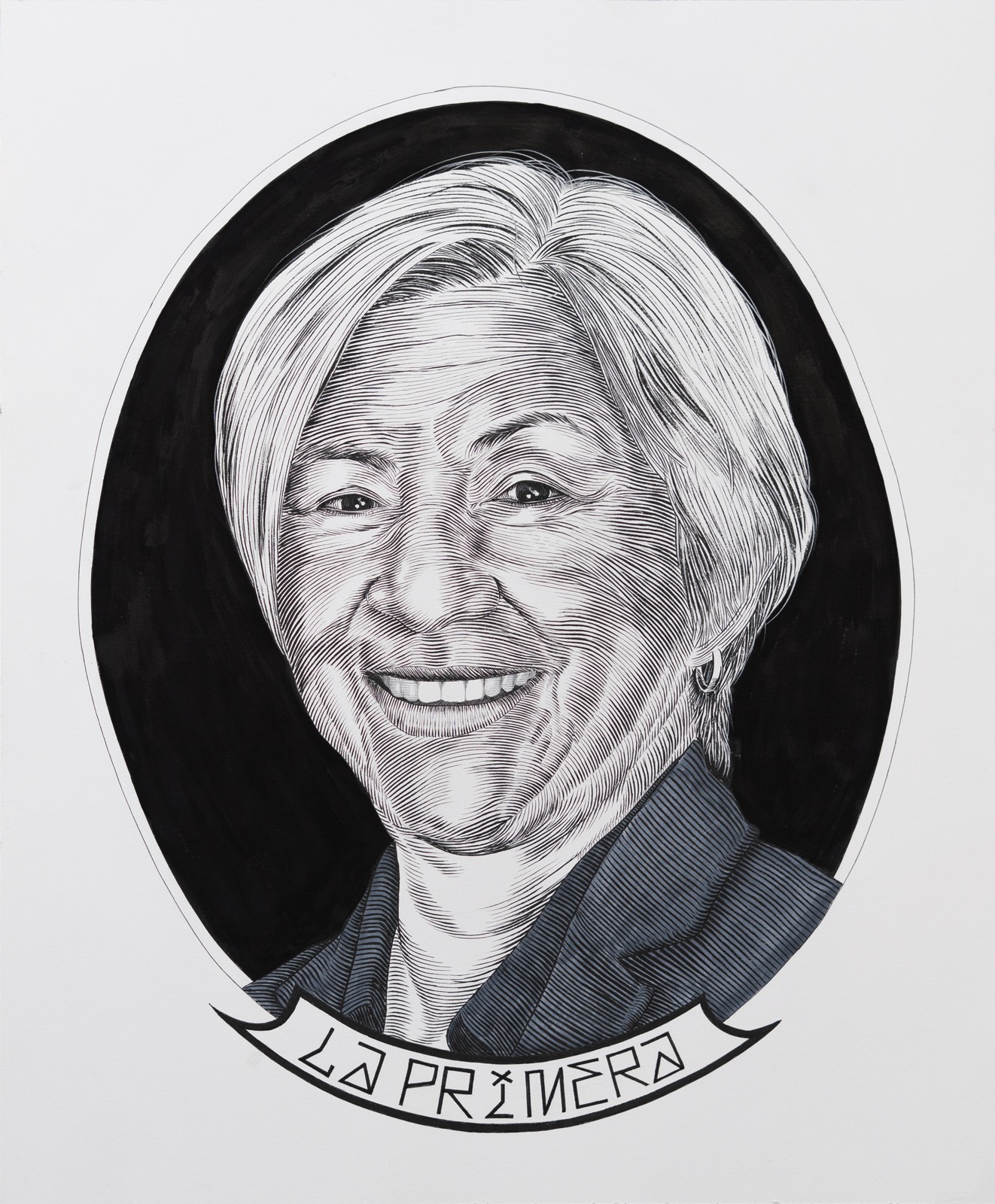
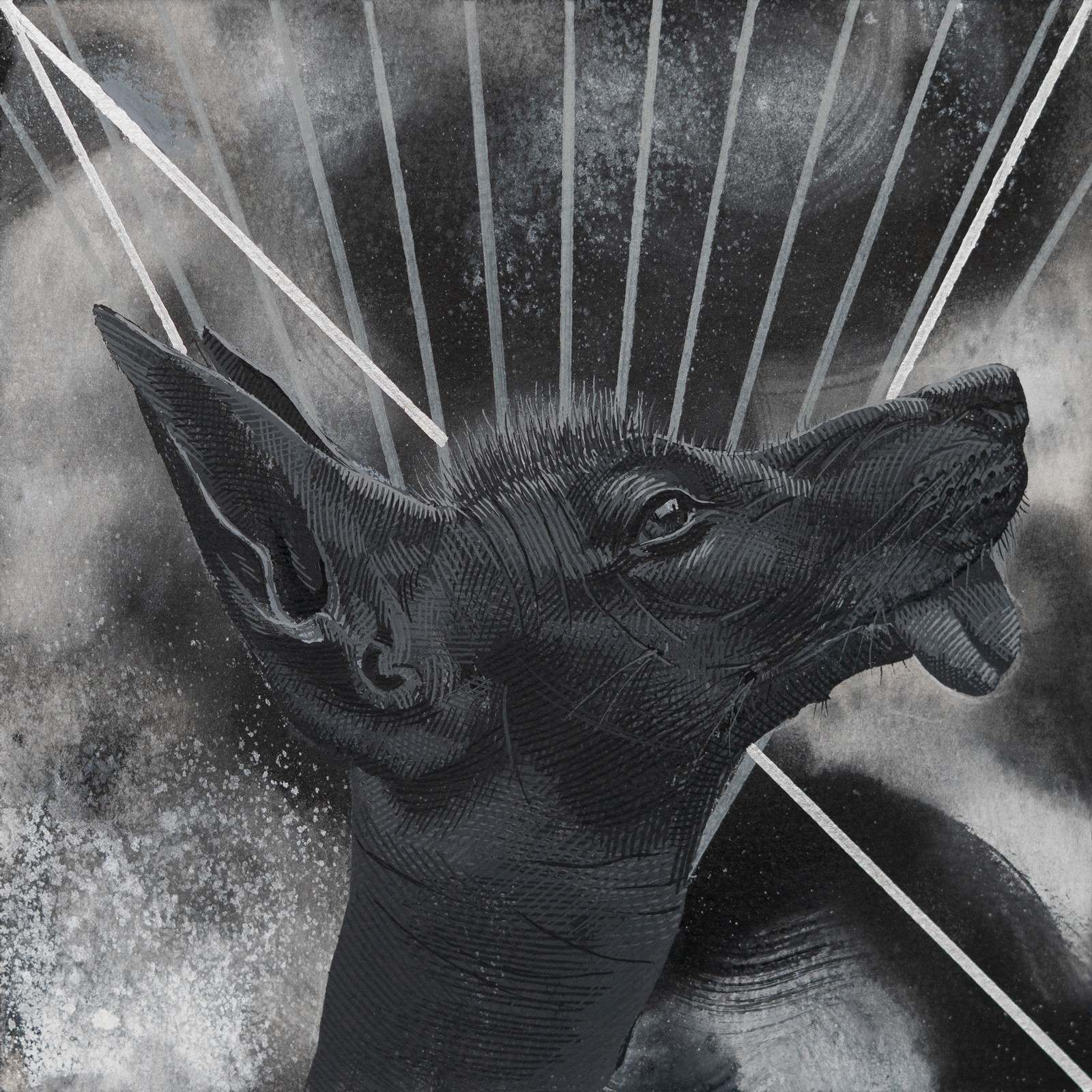
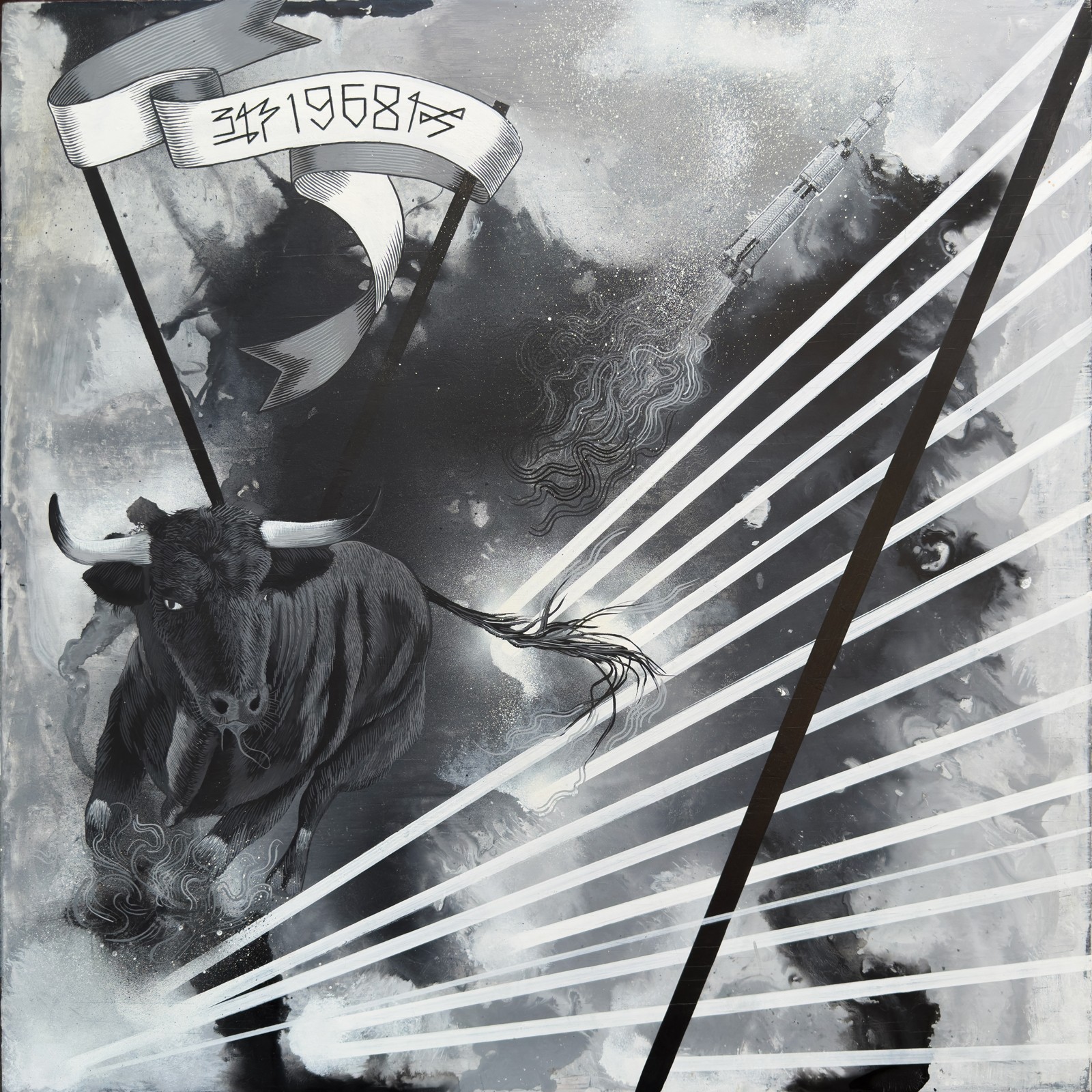

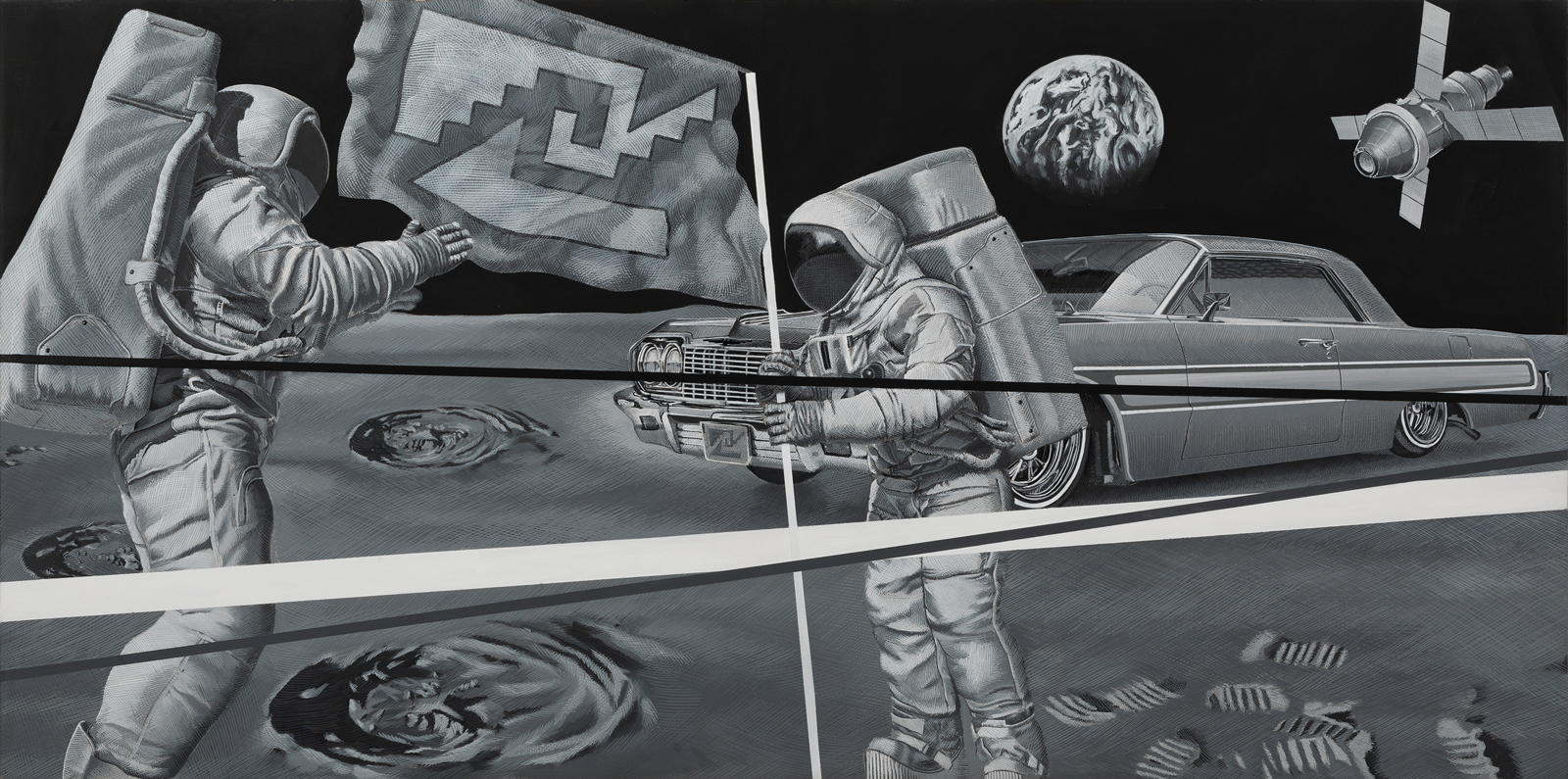

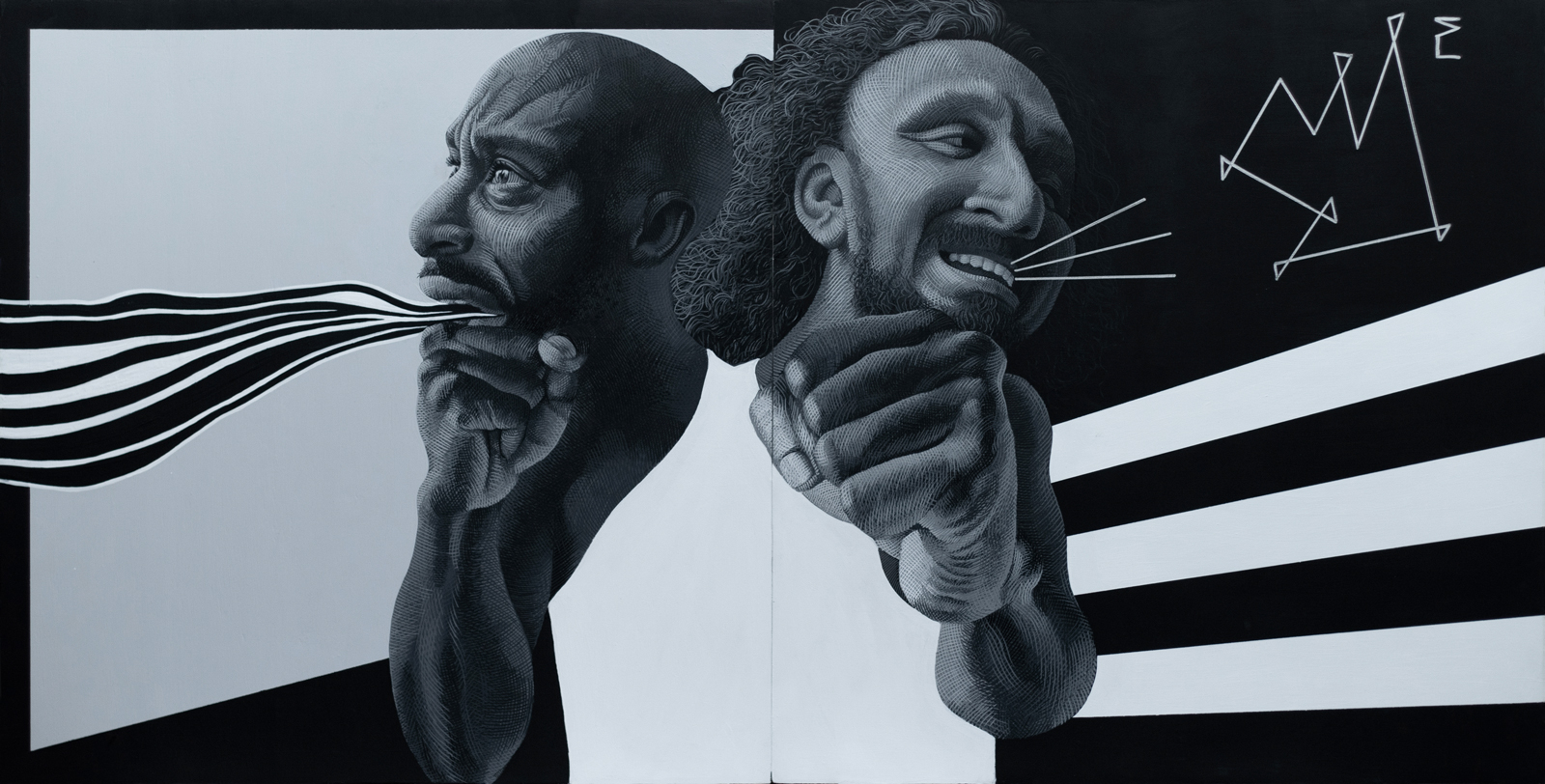
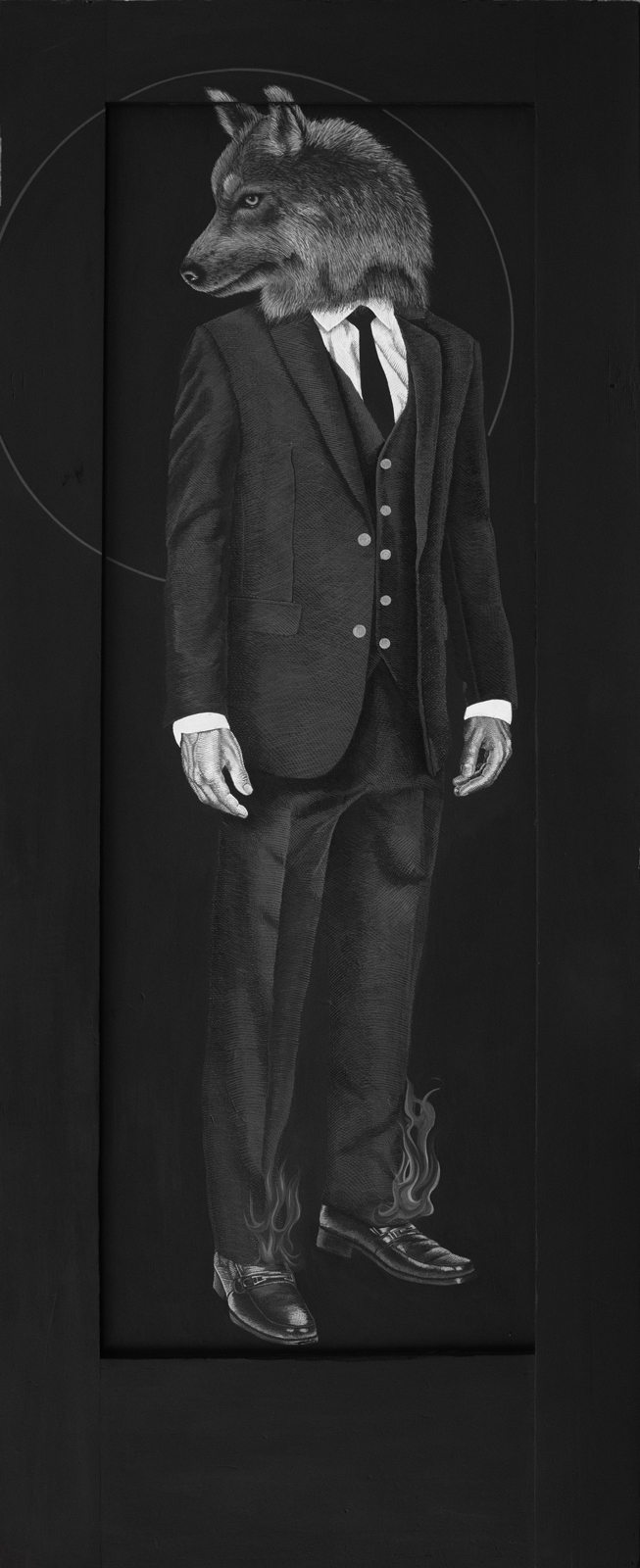

Image Credits
Photos by Abel Alejandre














